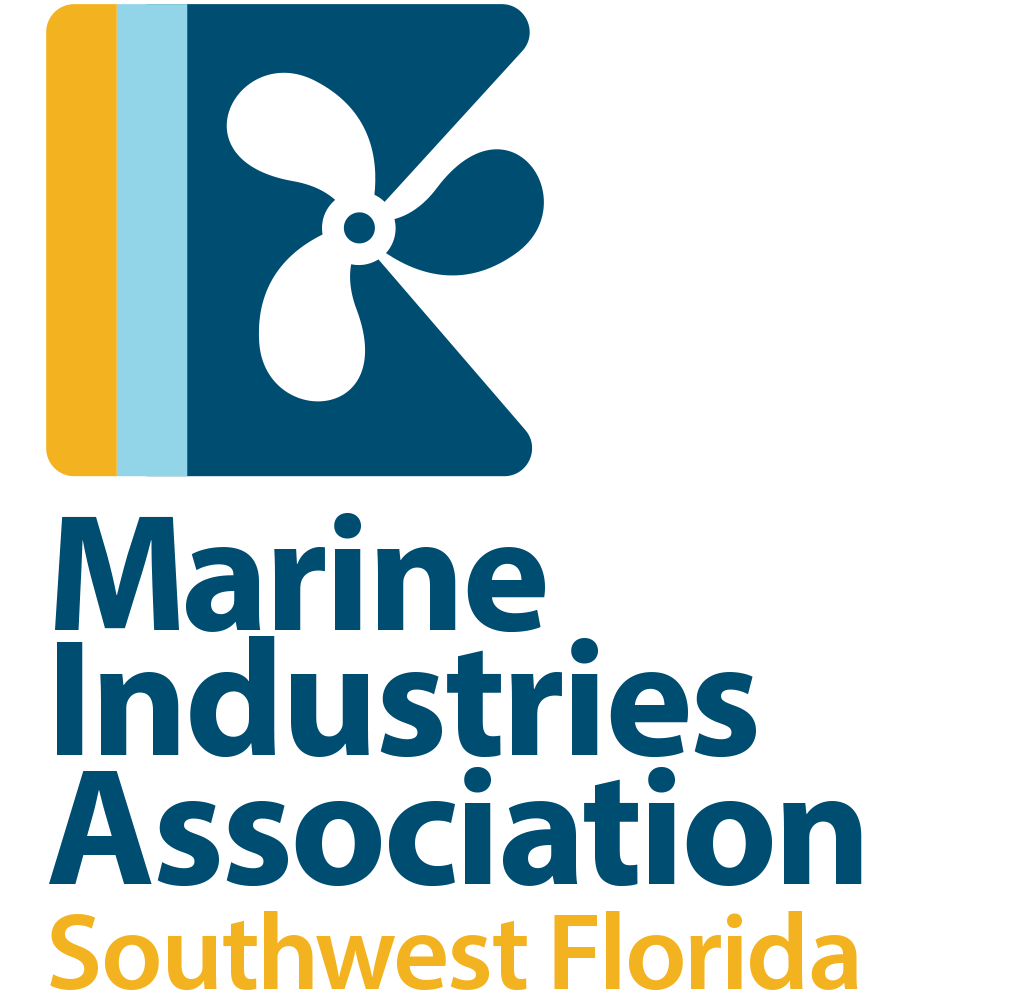Law enforcement is beginning to hand out warnings and tickets to boaters who do not have proper discharge systems or are not properly securing them. Make sure you’re in full compliance by reviewing these important regulations courtesy of “The Florida Boaters Guide: A Handbook of Boating Laws and Responsibilities”:
If you have a recreational vessel with installed toilet facilities, it must have an operable, USCG–certified marine sanitation device (MSD) on board.
- All vessels 26 feet or more in length that have an enclosed cabin with sleeping facilities, must be equipped with a toilet if on Florida state waters.
- On a vessel other than a houseboat, the toilet may be portable or a permanently installed toilet properly attached to an MSD.
- Every houseboat must be equipped with at least one permanently installed toilet properly attached to a Type III MSD.
Types of MSDs
- Type I MSD
For vessels over 26 feet and under 65 feet long and use a combination of maceration and chemical treatment to kill bacteria just prior to discharge.
- Type II MSD
Required for vessels 65 feet and longer and use a combination of maceration, septic treatment, and chemical treatment to kill bacteria just prior to discharge.
- Type III MSD
Consists of holding tanks or portable toilets. Type III MSDs have the least effect on the environment since the waste is to be discharged on shore into a local sewage treatment facility.
There may be a Y valve that directs untreated waste material for discharge or directs waste material for treatment prior to discharge. The Y valve must be secured to direct waste to the MSD at all times within Florida waters (three miles or the edge of the Gulf Stream, whichever is greater, off the Atlantic coast or nine miles off the Gulf of Mexico coast).
Please contact FWC with further questions about discharge of sewage and waste. Go Boating Florida is not responsible for any warnings, tickets or similar outcomes of any kind that boaters may receive from FWC or other law enforcement officials.
